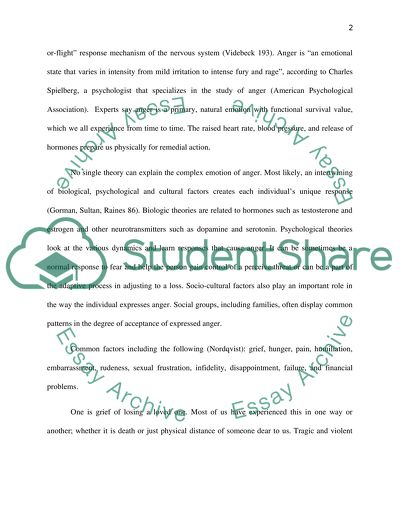Cite this document
(“Anger Management Research Paper Example | Topics and Well Written Essays - 3000 words”, n.d.)
Retrieved from https://studentshare.org/health-sciences-medicine/1392903-anger-management
Retrieved from https://studentshare.org/health-sciences-medicine/1392903-anger-management
(Anger Management Research Paper Example | Topics and Well Written Essays - 3000 Words)
https://studentshare.org/health-sciences-medicine/1392903-anger-management.
https://studentshare.org/health-sciences-medicine/1392903-anger-management.
“Anger Management Research Paper Example | Topics and Well Written Essays - 3000 Words”, n.d. https://studentshare.org/health-sciences-medicine/1392903-anger-management.


